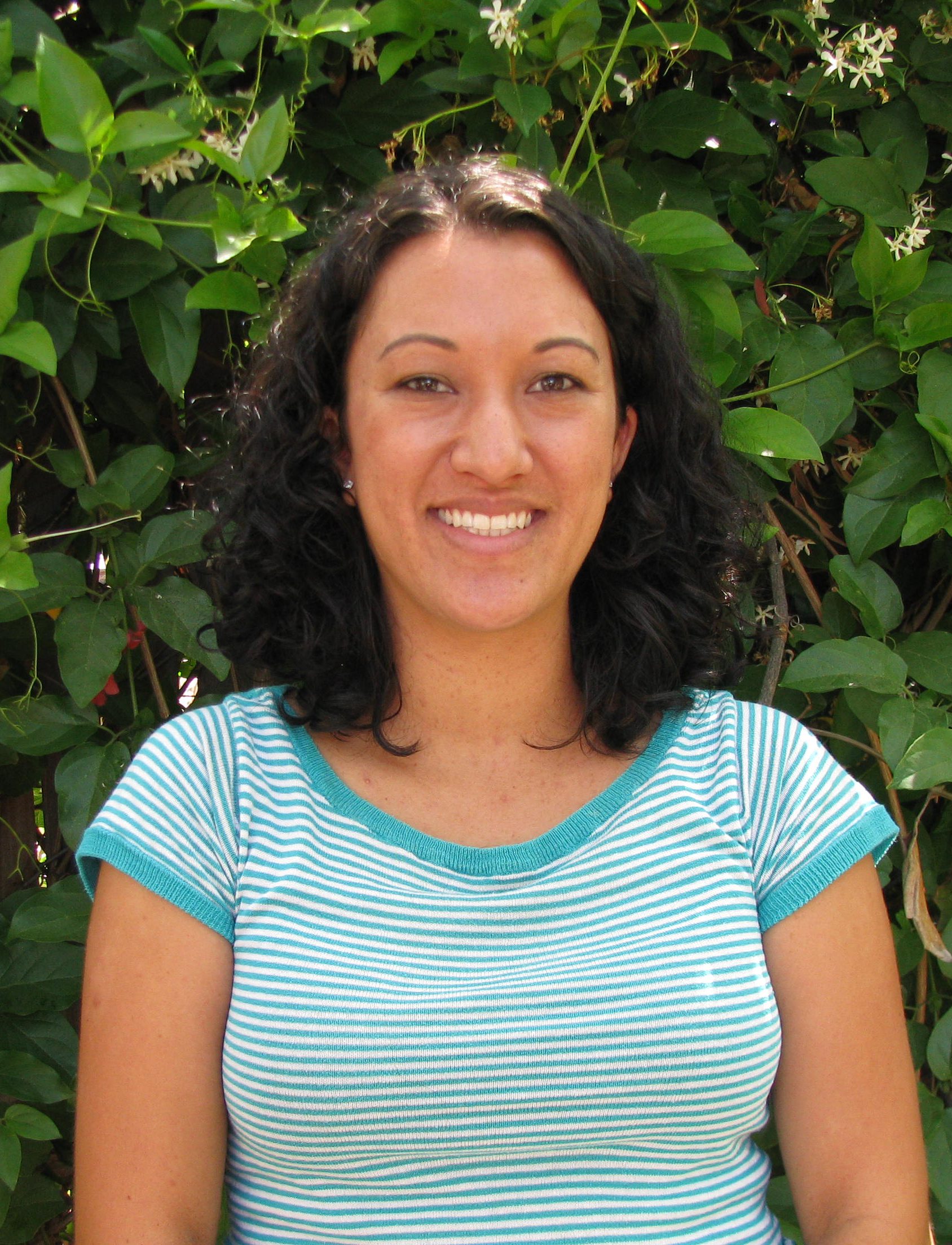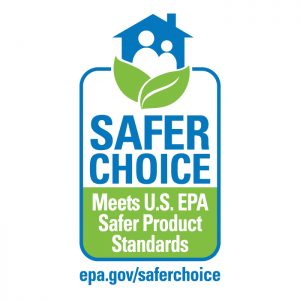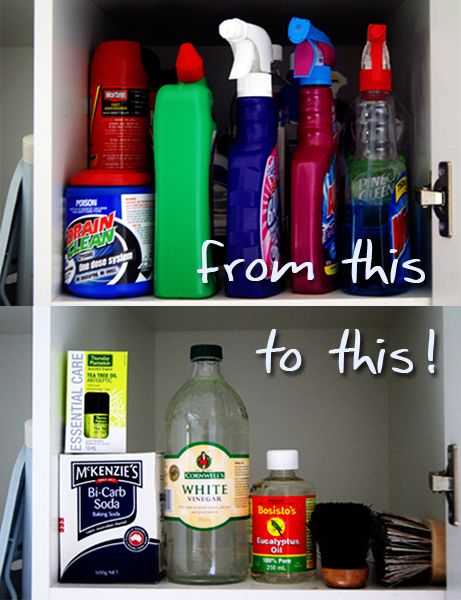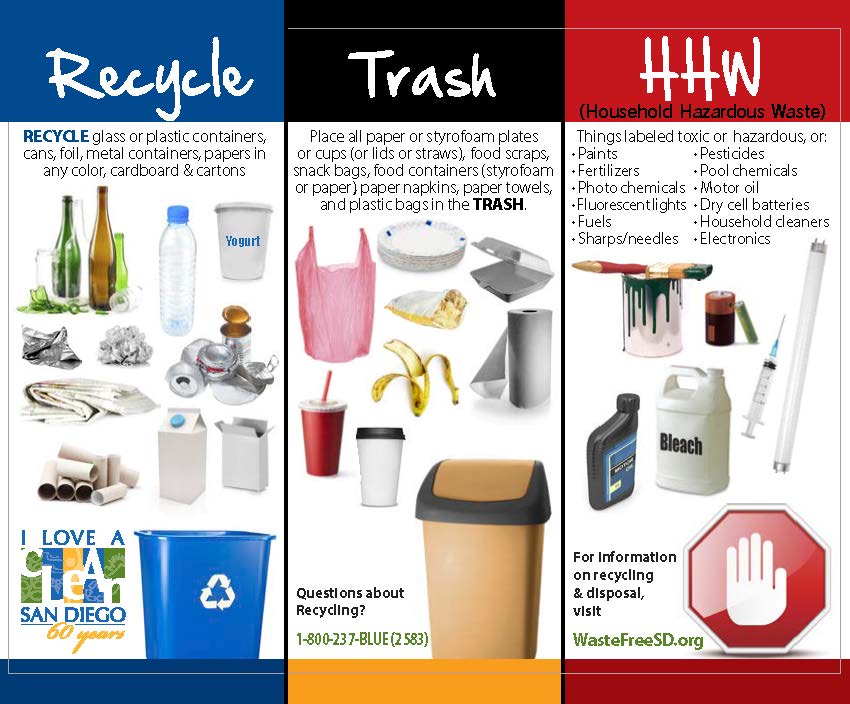By now, you are likely familiar with the 3 R’s of waste reduction: Reduce, Reuse, And Recycle. But do you know about the fourth R in waste reduction? REPAIR! Choose to repair slightly broken or damaged items and decrease the amount of trash that ends up in our landfills!
Repairing is the process of fixing an item that you own, like a ripped shirt or a broken fridge, and giving it a second life. With easy access to Do It Yourself (DIY) shows and websites like Pinterest and YouTube, many people are choosing to learn how to mend their clothes and fix their household items instead of purchasing new items. In-person FIX-IT Workshops and Repair Cafes are also growing in popularity worldwide and creating community spaces where folks can share their repair skills on clothes, furniture, electrical appliances, bicycles, toys, and more.
When you learn to repair the items that you already own, you can find new ways to personalize your belongings and help conserve valuable resources
Currently, 1 in every 2 people are throwing their unwanted clothes into the trash, generating more than 16 million tons of textile waste per year in the US only. The EPA estimated that 2.2 million tons of waste also comes from our small appliances, with only 5.6% getting recycled. Let’s not add on to trash in the landfills – repair your items instead.
It is easy to see why more people are choosing to repair their items once you know the environmental benefits of it. Here are just a few more of the benefits when you choose to repair:
- Saves money – For some items, it is less expensive to fix them than to replace them. If a fix isn’t too difficult, you can likely find a how-to online and fix the item yourself, leaving you to only pay for materials. When deciding to either repair or replace an item, most experts say to use the 50-percent rule: if the repair cost is estimated to be 50 percent or less than the amount you paid for the item, it is usually better to repair it.
- Saves energy – Repairing an item, rather than replacing it, saves energy (and resources) that would be required to make something new. Even if an item can be recycled, such as a refrigerator or computer, energy is still saved by choosing to repair.
- You learn new skills – Learning a new skill can be extremely rewarding and can help build confidence. Many people who mend and sow their clothes, for example, describe the activity as a stress-releaser that helps them build patience.
- Keeps items out of landfills– Choosing to repair slightly broken or damaged items, instead of replacing them, keeps items that still have a useable life out of landfills. Often times, just a quick fix can extend the life of household items.
So now you know! Repair helps with waste reduction and can benefit you, your wallet, and the planet! Learn a new skill and help extend the life of the items you already own.
Looking to repair something immediately? Visit WasteFreeSD.org and search for repair shops near you that service anything from a refrigerator to a surfboard
Interested in in learning skills to help you repair items on your own? Check our events page for FIX-IT Workshops coming up!
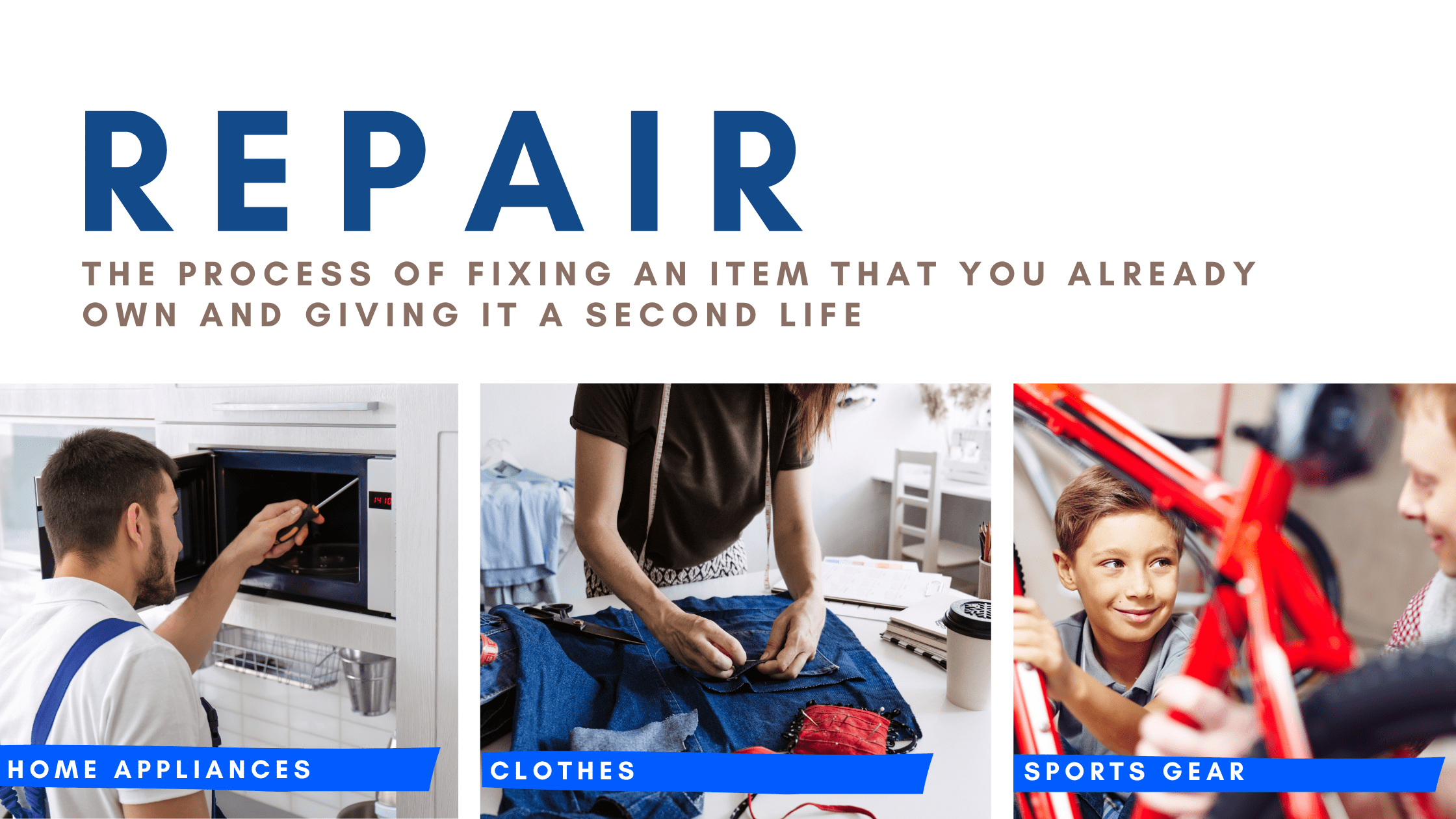


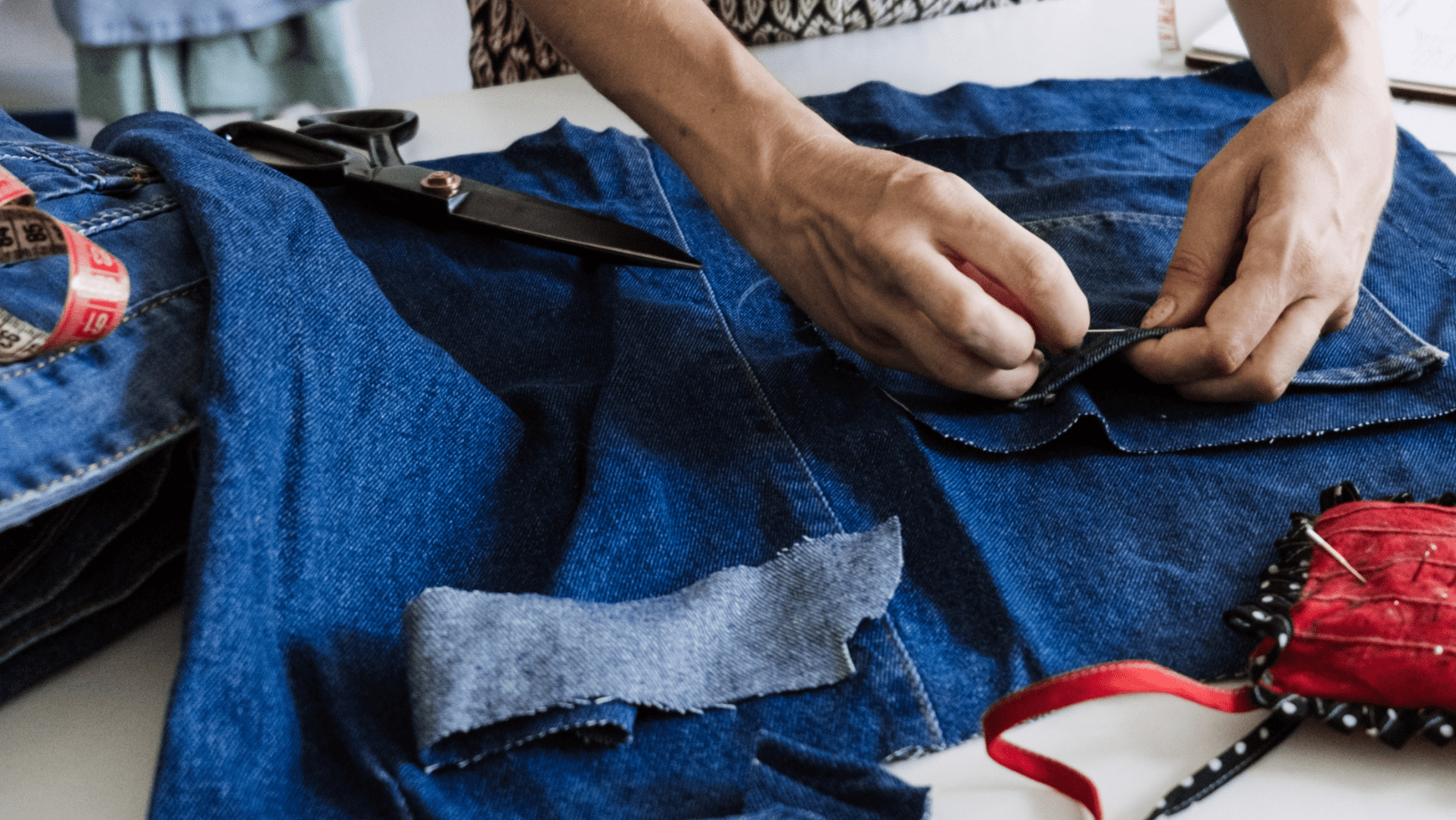



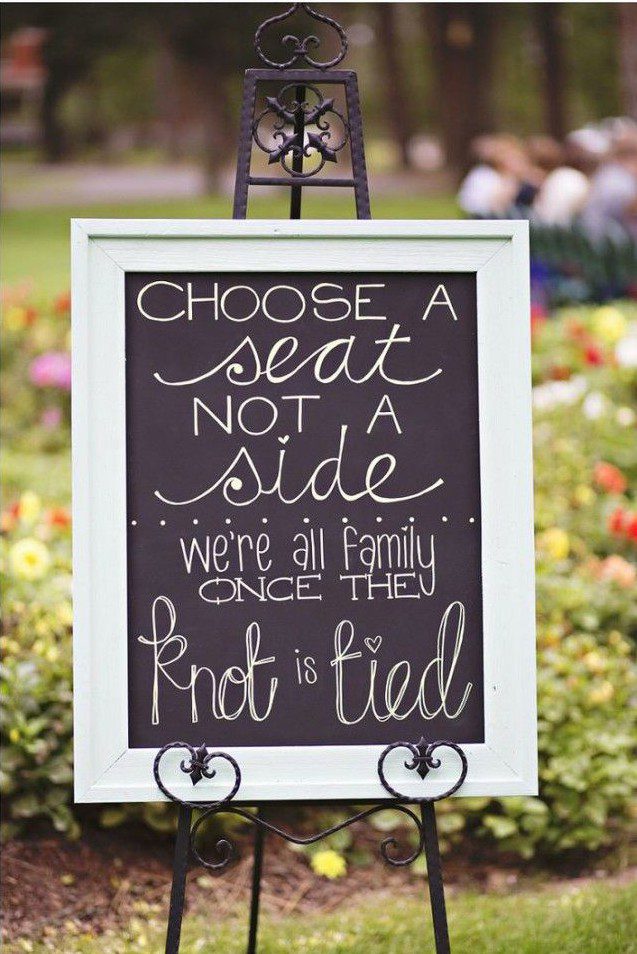 Décor: Tap into your networks! You never know who might have extra tables, easels, vases, etc. For example, Emily got silver dollar eucalyptus from a neighbor that has a tree in their backyard. Plus, at ILACSD, since several staff members are getting married in 2015, we plan on having an internal wedding décor exchange!
Décor: Tap into your networks! You never know who might have extra tables, easels, vases, etc. For example, Emily got silver dollar eucalyptus from a neighbor that has a tree in their backyard. Plus, at ILACSD, since several staff members are getting married in 2015, we plan on having an internal wedding décor exchange!

 Let me start by asking, do you recycle your empty shampoo bottles? What about the toilet paper roll? Surprisingly enough, not many people do. A survey conducted by the Ad Council, a non-profit organization, revealed that only 34% of Americans recycle bathroom items. More surprising, 22% of Americans would not toss bathroom items in the recycling bins if the bin is located outside the bathroom.
Let me start by asking, do you recycle your empty shampoo bottles? What about the toilet paper roll? Surprisingly enough, not many people do. A survey conducted by the Ad Council, a non-profit organization, revealed that only 34% of Americans recycle bathroom items. More surprising, 22% of Americans would not toss bathroom items in the recycling bins if the bin is located outside the bathroom.
 ccumulation of bathroom recyclables is shop for items with minimal packaging or shop in bulk. Products like
ccumulation of bathroom recyclables is shop for items with minimal packaging or shop in bulk. Products like 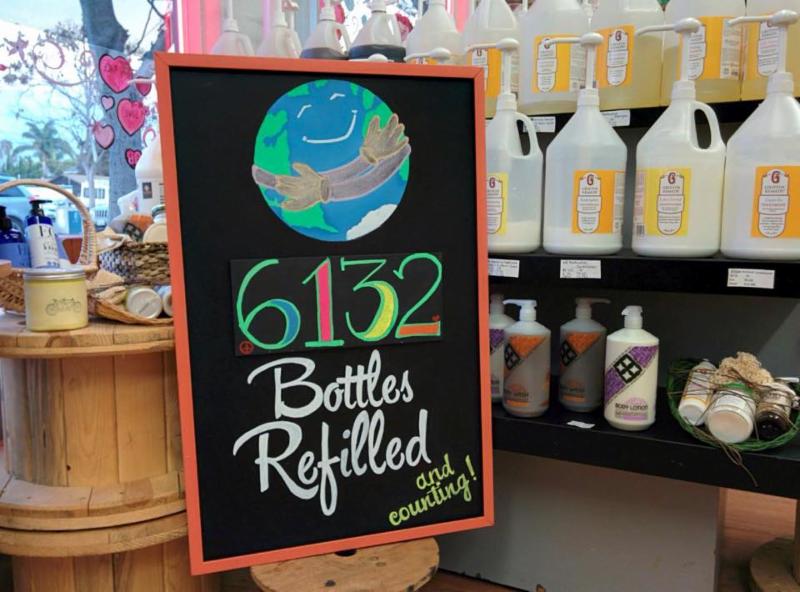 hey offer customers the opportunity to bring their own empty bottles and jars to fill up on shampoos, body care products, and cleaning agents. They also accept empty bottles in-store for other customers to fill up and use, so start saving those bottles so you can use them again!
hey offer customers the opportunity to bring their own empty bottles and jars to fill up on shampoos, body care products, and cleaning agents. They also accept empty bottles in-store for other customers to fill up and use, so start saving those bottles so you can use them again!